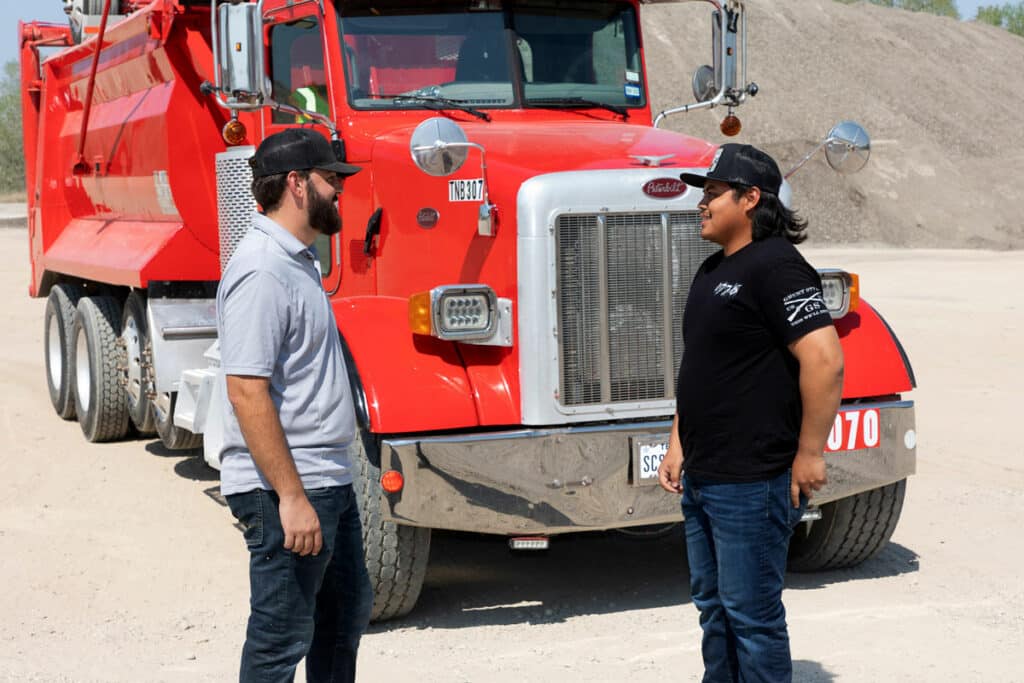The Variation of Fills Common in Texas
In the construction industry the selection of sand, soil, and fill materials is critical for ensuring structural durability and stability. Each material, whether it’s manufactured sand or common fill, possesses distinct qualities that are tailored to specific construction requirements. By understanding these differences, builders can make informed decisions to meet the unique needs of their projects. Join us as we examine the characteristics, uses, and benefits of various materials essential for successful construction projects in Texas.
Common Fill
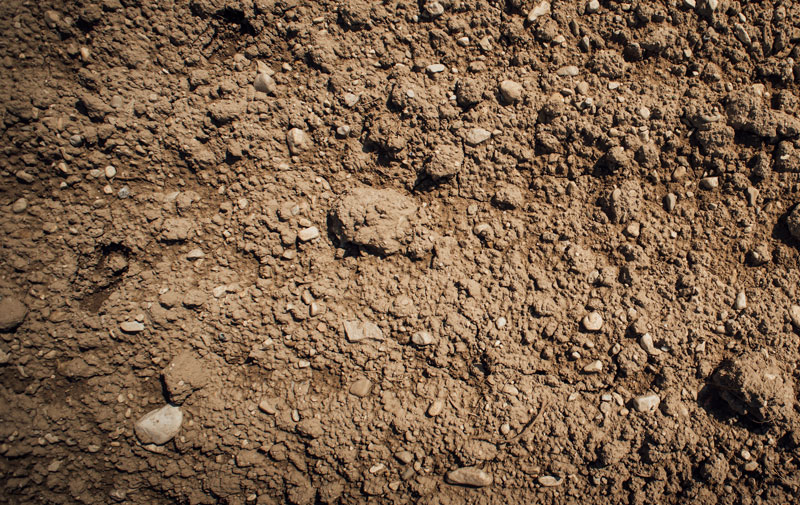
Common fill, sometimes referred to as fill dirt or subsoil, is a basic soil that is used to form landscapes or fill in low areas. It is frequently utilized in construction and landscaping to prepare building foundations, build roads, raise ground levels, and create landscape features. It is made up of small bits of rock, sand, or clay combined with subsurface material. Usually, common fill is sourced from excavation sites or material removed during construction. Its benefits include affordability and good compaction for stable bases. However, common fill can settle over time and result in uneven surfaces and it lacks the nutrients necessary for plant growth.
Select Fill
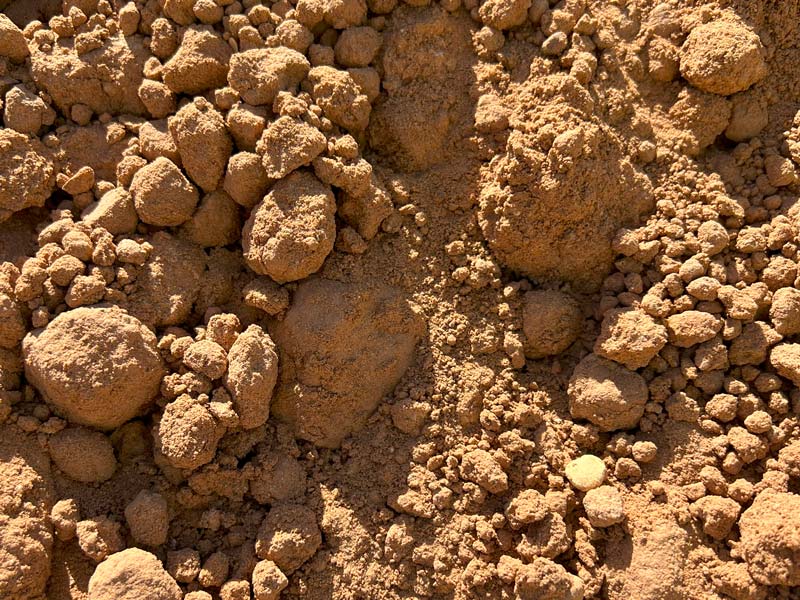
Select Fill is a fill material designed for stability, compatibility, and particle size; however, because of these valuable qualities, it is usually more costly than Common Fill. Select Fill is utilized in construction applications like road building, landscaping, and foundation preparation where the fill material’s qualities are essential. Select Fill is obtained from natural deposits and subsequently processed—possibly by screening, washing, and combining different materials—to satisfy certain requirements. Compared to common fill, its qualities offer greater drainage and stability. When choosing it for a project, be sure to account for its higher price, and potential availability problems.
Top Soil
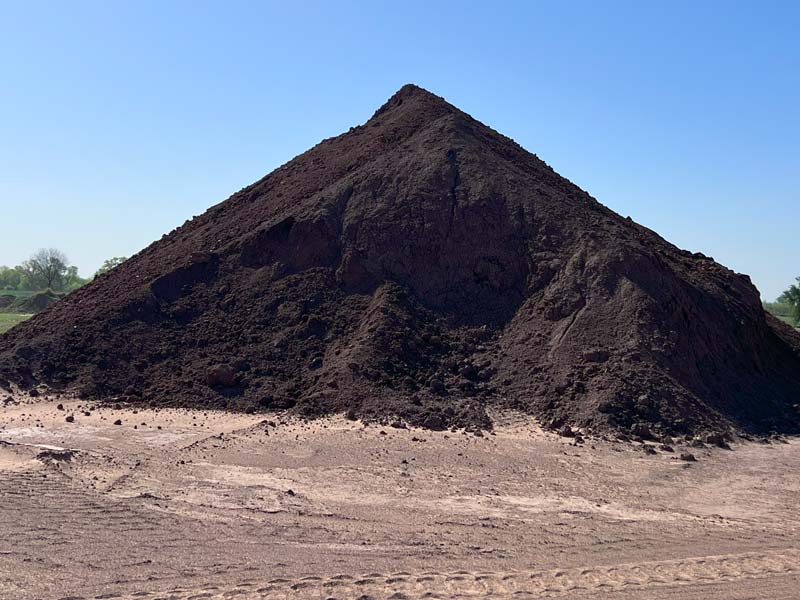
The topmost layer of soil, usually 2 to 8 inches deep, is called topsoil and is prized for having an abundance of nutrients and organic materials. t is highly sought after in landscaping and building due to its fertility. Composting organic materials can enrich topsoil, which is typically taken during excavation or land clearance. It’s frequently screened to remove contaminants and guarantee a smooth texture.
Topsoil is used to restore sites, fill garden beds, and create lawns that are ideal for plant development. Among its advantages are its high nutrient content, adaptability to a range of uses, and capacity to hold onto water. However because of its preparation and nutrient content, it can be more costly than common fill and, depending on the source,, may contain undesired items or plant seeds.
Washed Sand
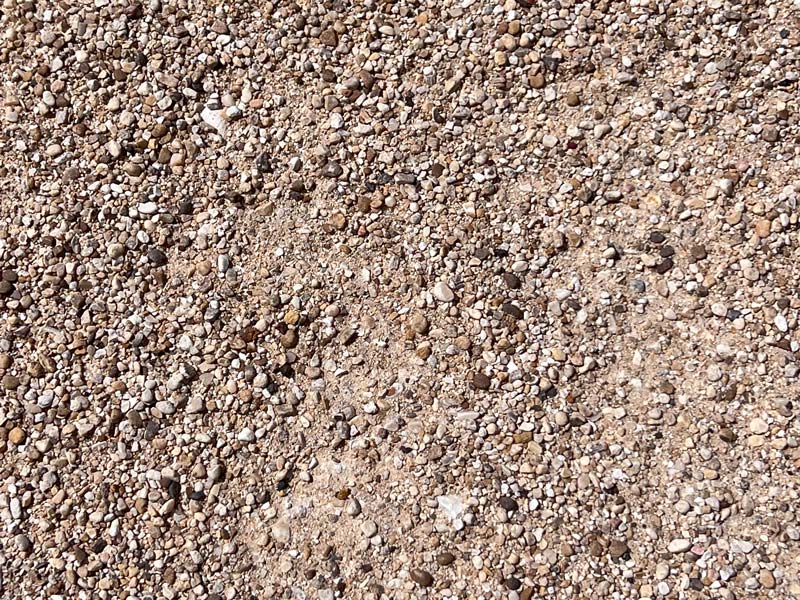
Often called “concrete sand,” washed sand is a fine-textured, thoroughly cleaned sand that is free of silt, clay, and other contaminants. This adaptable material is used for a variety of tasks, such as landscaping and concrete mixing. Given its fine consistency and pure composition, Customers prefer washed sand for applications such as playground construction, plastering, and making ready-mix concrete because of its fine consistency. Its high quality and application-specific compatibility make it a popular choice for many construction and landscaping projects, even if it is slightly more expensive than other sands.
Manufactured Sand
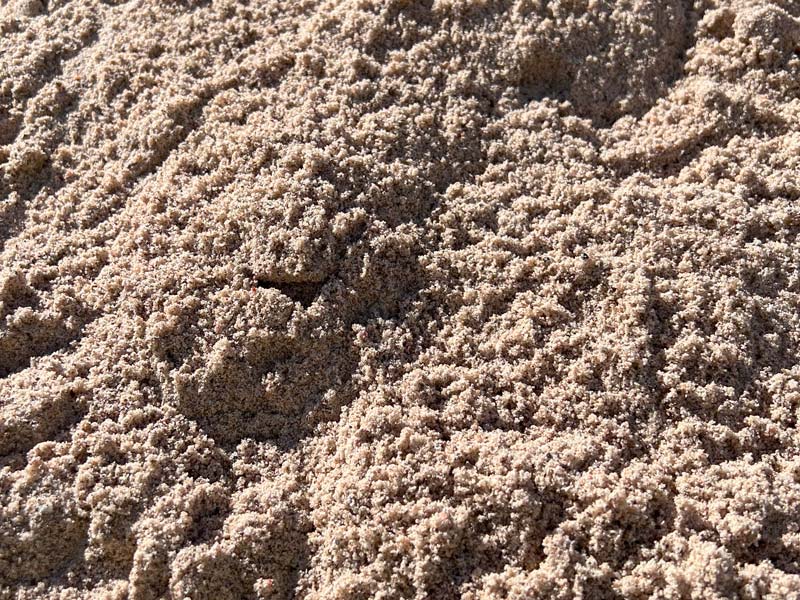
A manufactured substitute for natural sand, also known as M-Sand or Man Sand, is created by pulverizing bigger aggregates, boulders, or quarry stones into particles the size of sand. Common uses include concrete production, brick mortar mix, and asphalt mix. Its advantages include consistent quality and accessibility in places with little natural sand. However. its angular design can affect workability and production costs are typically higher.
Cushion Sand

The main purpose of cushion sand, sometimes called fill sand, is to provide cushioning for infrastructure installed above it. It is an unstabilized, gritty sand frequently used as a fill material, bedding for utility pipes, and under concrete slabs to stop them from breaking. Although it has superior drainage and compaction, it is less versatile than other sands and may include contaminants.
Bedding Sand

Builders utilize bedding sand, sometimes called paver sand, for laying pavers, bricks, or blocks. It offers a sturdy foundation and stability, drainage promotion, and flexibility are some of its benefits. However, it is more prone to erosion and needs more upkeep to keep weeds out.
Masonry Sand

Masonry sand—also referred to as brick sand—is a fine, clean sand used in masonry work. It’s frequently used to make mortar, plaster ceilings, and walls, and for some landscaping tasks because of its smooth texture. Its strengths include good cement binding ability, easy workability, and an appealing appearance. However, it does not drain well and can be eroded by wind.
Join Our Team
Our 100% Owner Operator fleet specializes in transporting aggregate, flatbed, step deck, heavy haul, pneumatic, water tanker, and power only freight. Our carriers are provided a direct contact to the person handling their dispatch. Our expert dispatchers have decades of experience and work hard to provide stress-free freight booking experience. Join our team of skilled truck owner operators and be part of the strongest construction trucking fleet in Central Texas.
Order a Wide Variation of Fills with Twisted Nail
Consulting professionals on all available fill options before ordering construction materials is vital. Twisted Nail has served Central Texas since 2014 and our name ensures durability, and stability, and can make your project a success! Contact our team today to learn more about your options and material availability.
